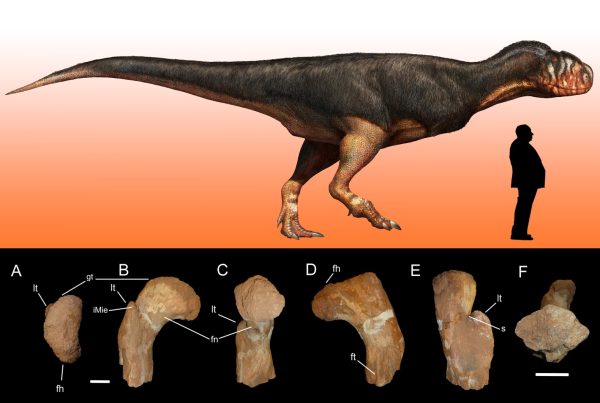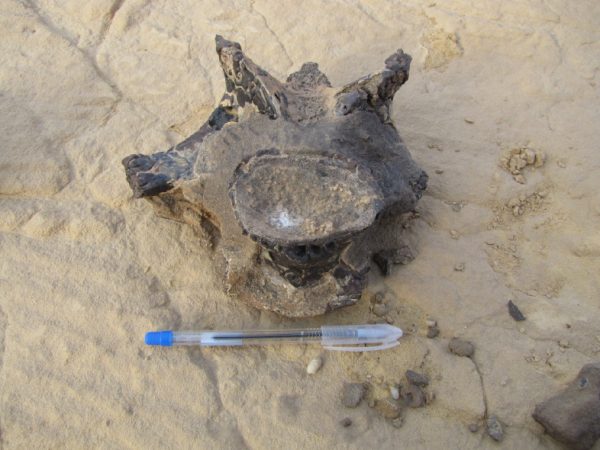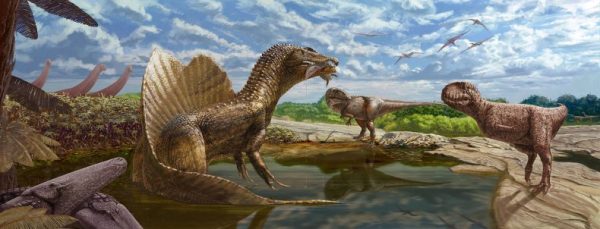A recent groundbreaking discovery has unveiled a new species of dinosaur, believed to be a fearsome predator from the Abelisaurid group. Estimated to have been a colossal 11 meters in length and weighing up to 3 tons, this dinosaur roamed the earth around 98 million years ago during the middle Cretaceous era.

The fossil was unearthed in the Bahariya Formation in Egypt’s Bahariya Oasis, providing crucial insights into the prehistoric ecosystem of the region.
This remarkable find sheds light on the diverse array of large theropods that once inhabited the Bahariya Oasis. According to Ohio University, where the study was conducted, this discovery marks the first known record of an Abelisaurid dinosaur in the Bahariya Formation.

The lead researcher, Belal Salem, a graduate student at Ohio University and previously associated with the Mansoura University Vertebrate Paleontology Center in Egypt, led the study that culminated in the identification of this new dinosaur species.
Salem emphasized the significance of this discovery, stating that the Bahariya Oasis would have been a truly terrifying place during the mid-Cretaceous period. The coexistence of various massive predators in this region has puzzled experts, leading to speculations that these dinosaurs may have specialized in hunting different types of prey to avoid direct competition.

The study not only contributes to our understanding of the biodiversity of Cretaceous dinosaurs in Egypt but also highlights the presence of Abelisaurids across northern Africa during that era. The fossil represents the oldest known record of this dinosaur group from northeastern Africa, suggesting a widespread distribution of carnivorous dinosaurs across the continent during the mid-Cretaceous period.

The Bahariya Oasis has long been revered by paleontologists for its rich fossil deposits, with several remarkable dinosaur discoveries made in the early 20th century. However, the destruction of previous fossil collections during World War II has underscored the importance of new discoveries like this Abelisaurid dinosaur, which fill critical gaps in our knowledge of prehistoric life in the region.

Published in the Royal Society Open Science journal, the study titled First definitive record of Abelisauridae (Theropoda: Ceratosauria) from the Cretaceous Bahariya Formation, Bahariya Oasis, Western Desert of Egypt was authored by a team of experts from Ohio University, Carnegie Museum of Natural History, American University in Cairo, and other institutions.
The findings of this study not only contribute to the field of paleontology but also underscore the significance of ongoing research in unraveling the mysteries of our planet’s ancient past.





